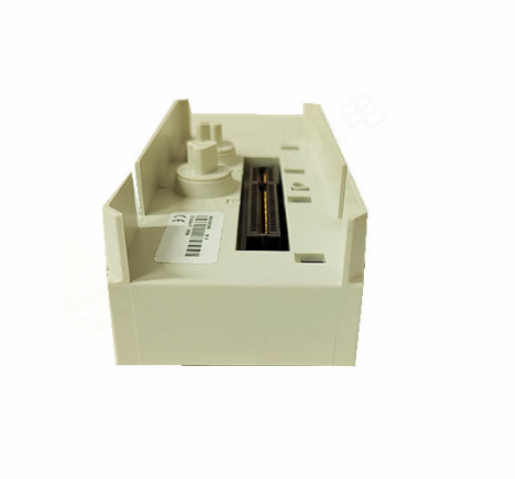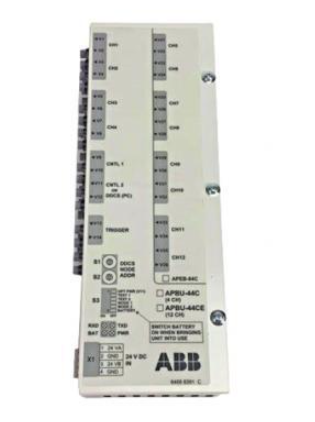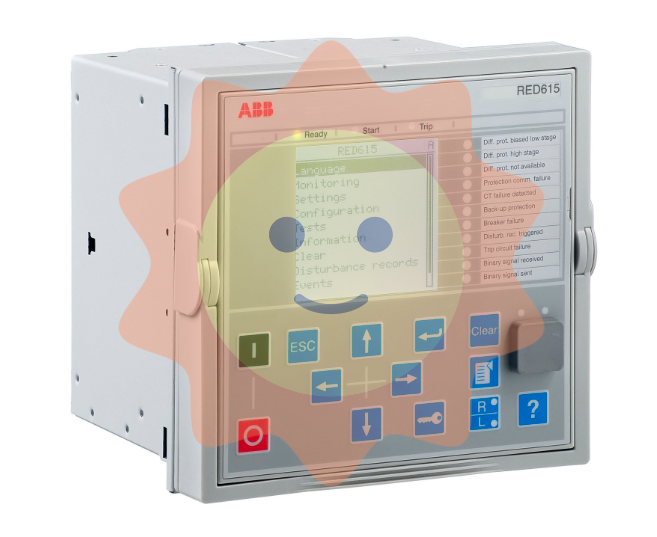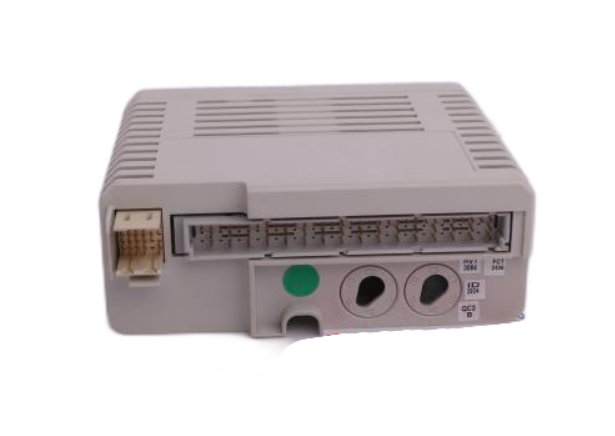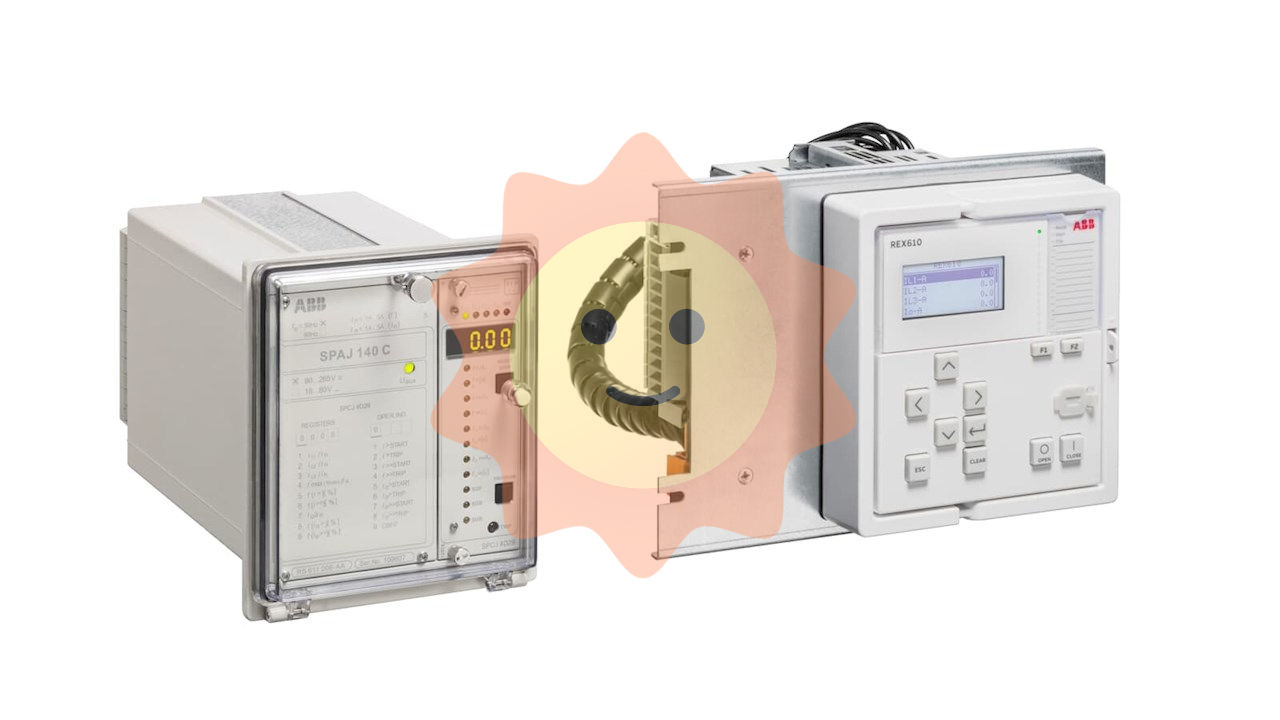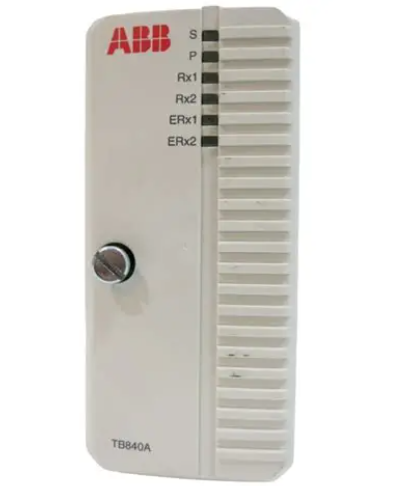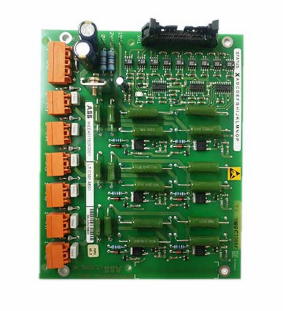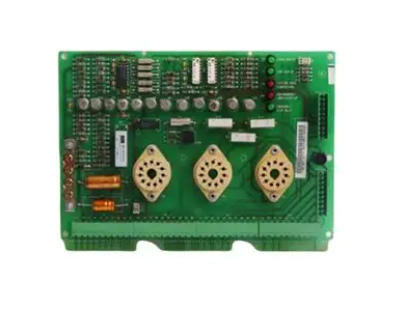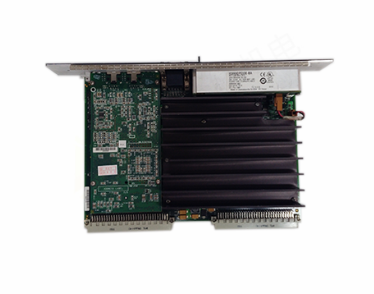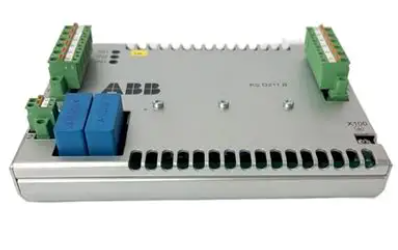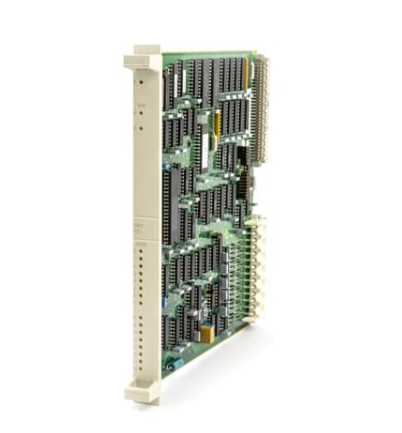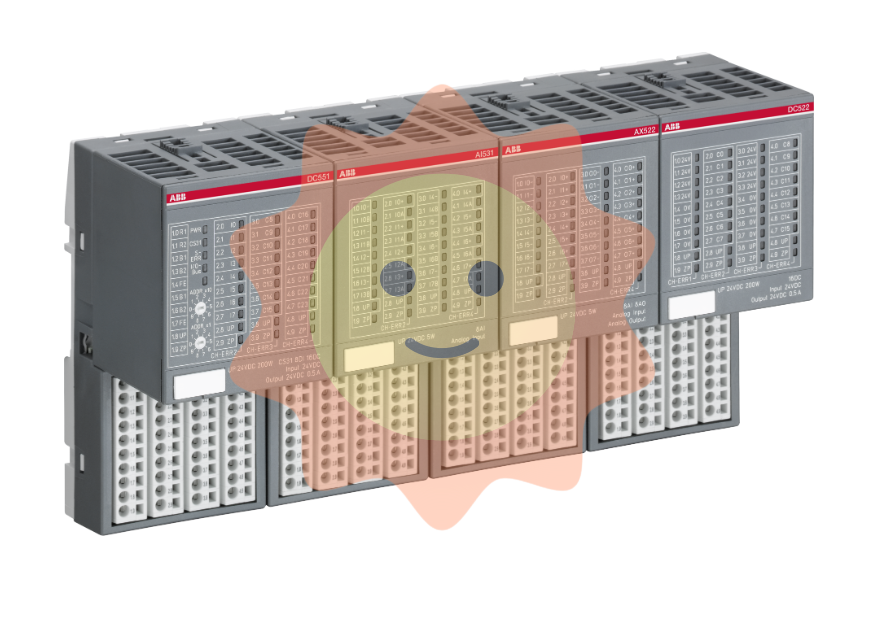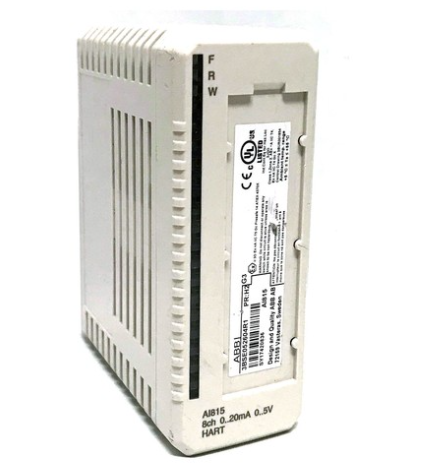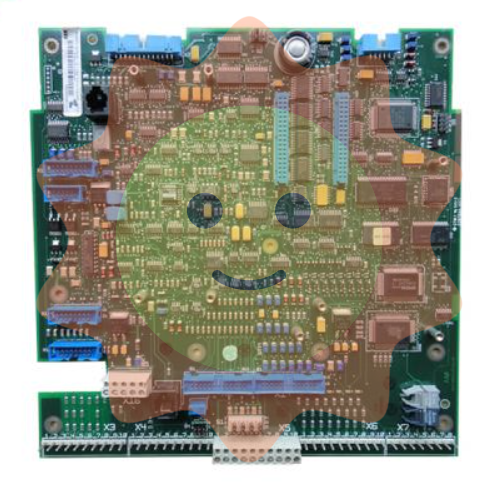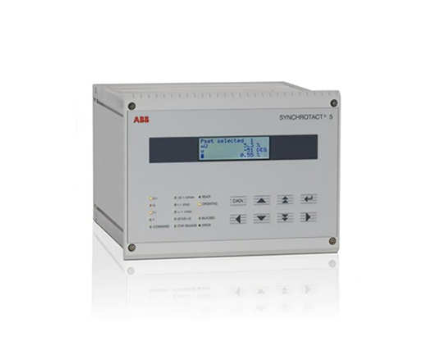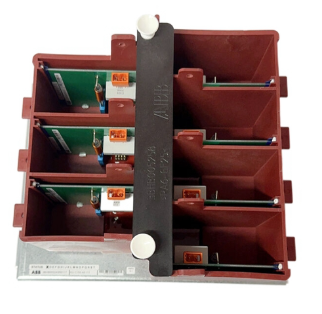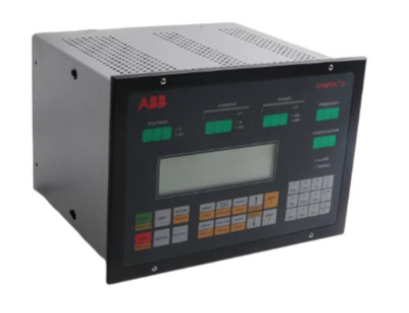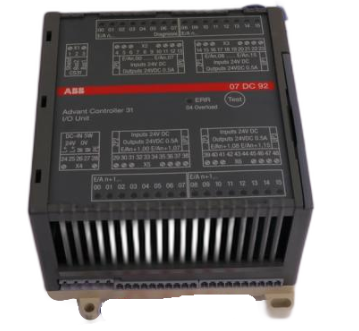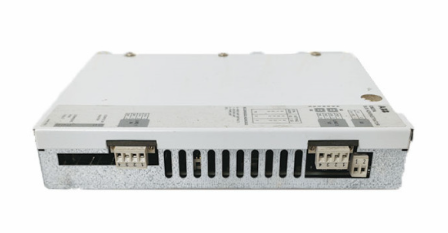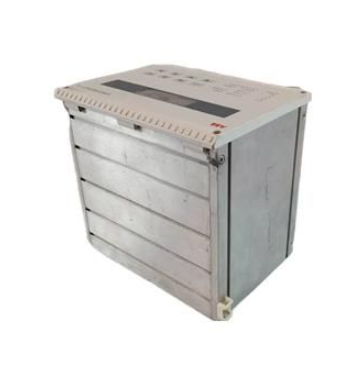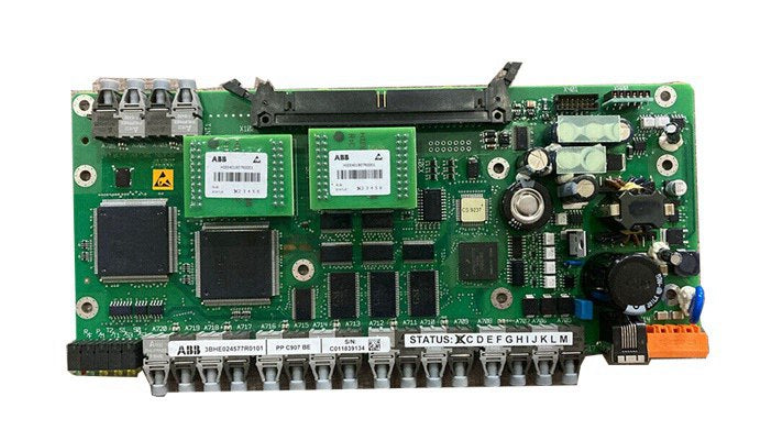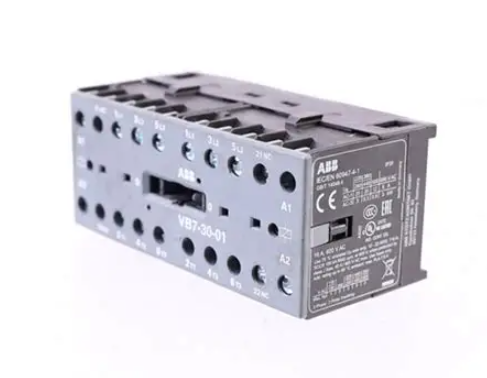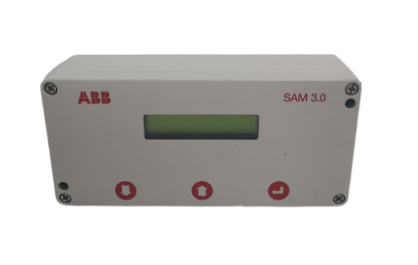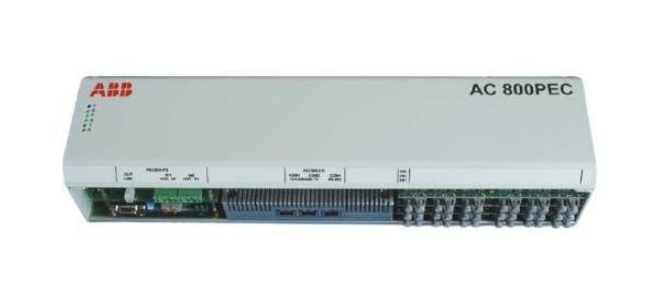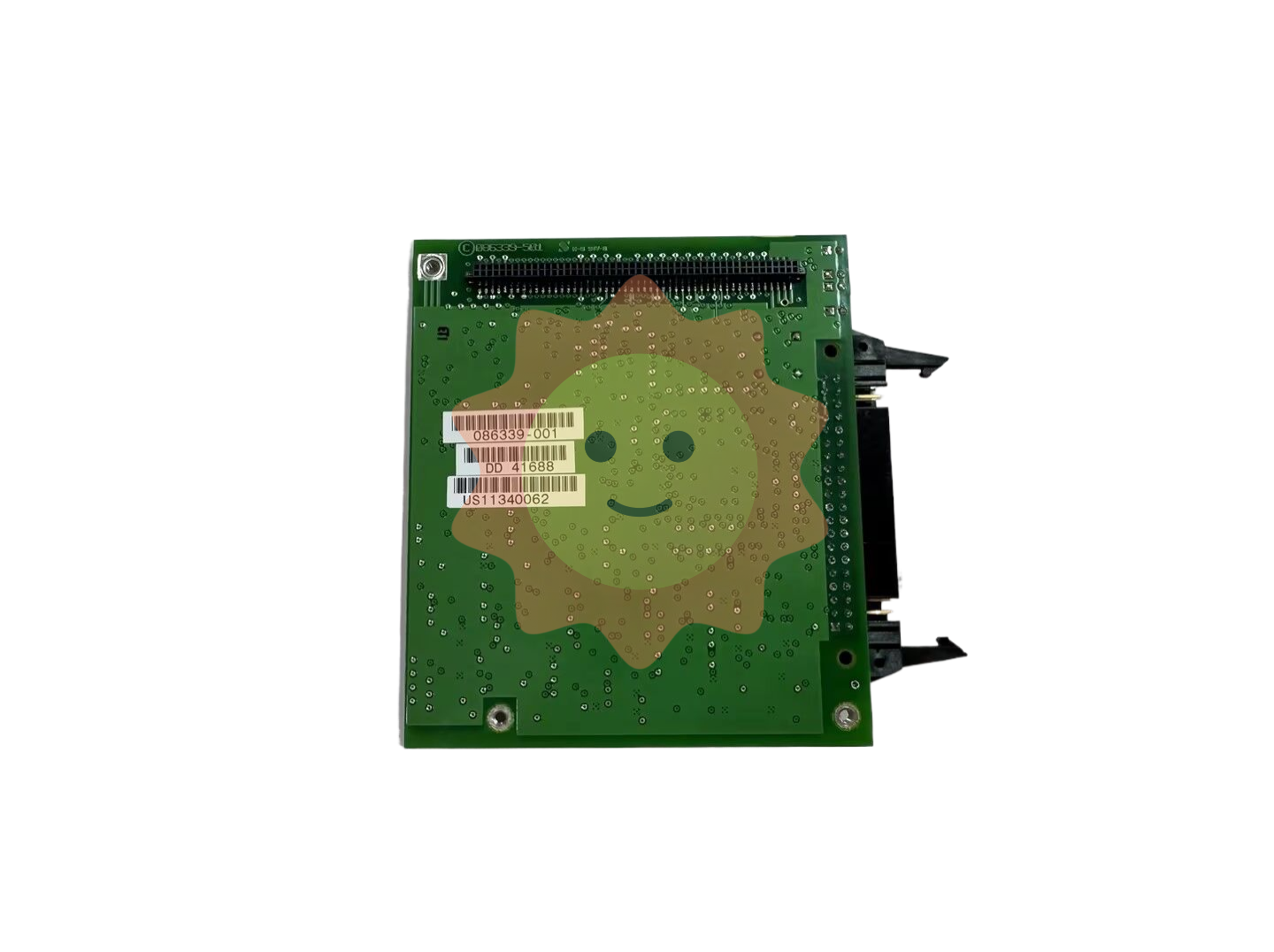Xycom P/N: 94144-002 CPU Board
Instruction execution and system control: responsible for executing instructions of system software and application programs, coordinating the work of various hardware modules within the system. By sending control signals to other devices, operations such as starting, stopping, and adjusting parameters are carried out to ensure that the entire system operates according to predetermined processes and logic. In a complex industrial control system, it can accurately control the motor speed, valve opening, etc. according to the production process requirements, achieving automation and precise control of the production process.
Communication management: Manage communication connections between external devices and other systems. Through various communication interfaces, data exchange and instruction transmission are carried out with sensors, actuators, upper computers, network devices, etc. Capable of packaging, unpacking, and verifying communication data to ensure its integrity and accuracy during transmission, achieving seamless integration and collaborative work between systems.
System monitoring and diagnosis: Built in system monitoring and diagnostic functions can monitor its own working status in real time, including key parameters such as processor temperature, voltage, and memory usage. Once abnormal situations are detected, such as processor overheating, memory errors, communication failures, etc., the alarm mechanism can be triggered in a timely manner, and relevant fault information can be recorded to facilitate maintenance personnel to quickly locate and solve problems, improving the reliability and maintainability of the system.
Working principle
Xycom P/N: 94144-002 CPU Board is connected to other hardware devices in the system through interfaces, such as memory modules, storage devices, communication interface chips, etc. When the system starts, the CPU reads operating system and application code from storage devices (such as hard drives) and loads them into memory. During operation, the CPU continuously reads instructions and data from memory, and performs data processing and operations in internal arithmetic units (such as the arithmetic logic unit ALU) based on the opcode and operands of the instructions. The calculation result is then written back to memory or sent to external devices through an output interface. At the same time, the CPU responds to external device requests through interrupt mechanisms, such as sensor data collection completion, device status changes, etc., and processes these requests in a timely manner to ensure the system's real-time response to external events. In terms of communication, the CPU controls the communication interface chip, encodes and packages the data to be sent according to the corresponding communication protocol (such as TCP/IP, Modbus, etc.), and transmits it to the target device through a physical link; When receiving data, perform the opposite operation, decode and verify the received signal, and submit it to the system for subsequent processing.
Key advantages
High performance and high reliability: Adopting advanced processor technology and high-quality electronic components, after rigorous testing and verification, it has excellent performance and extremely high reliability. In complex industrial electromagnetic interference environments, it can still operate stably, ensuring the accuracy of data processing and the continuous working ability of the system, effectively reducing equipment failure rates and maintenance costs, and improving production efficiency.
Flexibility and Scalability: Supports multiple processor models and memory configurations, allowing users to flexibly choose and expand according to their actual application needs. Rich interface types and quantities facilitate connection and integration with different types of devices. Functional modules can also be added through expansion slots, such as additional communication interface cards, data acquisition cards, etc., to meet the continuous upgrading and expansion needs of the system and improve its adaptability and service life.
Industrial grade design: Following strict industrial grade design standards, it has good anti-interference ability, wide temperature working range, and high protection level. It can effectively resist the impact of harsh environmental factors such as electromagnetic interference, power fluctuations, dust, and humidity in industrial sites, ensuring long-term reliable operation in extreme environments and suitable for various complex industrial application scenarios.
Easy to integrate and use: Provides comprehensive driver programs and development toolkits for easy integration with mainstream industrial control systems and software. Users can quickly implement the functions of the CPU board through simple programming and configuration, reducing development difficulty and costs. At the same time, detailed user manuals and technical support documents provide users with comprehensive technical guidance, making it easy for even non professional technicians to get started.
Precautions
Installation and wiring: When installing the CPU board, be sure to ensure that the system is powered off to avoid short circuits or damage to the board caused by live operation. Carefully read the installation manual, insert the board into the corresponding slot according to the correct steps and directions, and ensure good contact. When wiring, pay attention to distinguishing the functions and wiring methods of different interfaces. For example, when wiring the power supply, ensure that the positive and negative poles are connected correctly to avoid reversing the connection and causing the board to burn out; Suitable cables should be used for communication interface wiring, and the connection should be firm to prevent poor contact from affecting communication quality.
- EMERSON
- Honeywell
- CTI
- Rolls-Royce
- General Electric
- Woodward
- Yaskawa
- xYCOM
- Motorola
- Siemens
- Rockwell
- ABB
- B&R
- HIMA
- Construction site
- electricity
- Automobile market
- PLC
- DCS
- Motor drivers
- VSD
- Implications
- cement
- CO2
- CEM
- methane
- Artificial intelligence
- Titanic
- Solar energy
- Hydrogen fuel cell
- Hydrogen and fuel cells
- Hydrogen and oxygen fuel cells
- tyre
- Chemical fiber
- dynamo
- corpuscle
- Pulp and paper
- printing
- fossil
- FANUC
- Food and beverage
- Life science
- Sewage treatment
- Personal care
- electricity
- boats
- infrastructure
- Automobile industry
- metallurgy
- Nuclear power generation
- Geothermal power generation
- Water and wastewater
- Infrastructure construction
- Mine hazard
- steel
- papermaking
- Natural gas industry
- Infrastructure construction
- Power and energy
- Rubber and plastic
- Renewable energy
- pharmacy
- mining
- Plastic industry
- Schneider
- Kongsberg
- NI
- Wind energy
- International petroleum
- International new energy network
- gas
- WATLOW
- ProSoft
- SEW
- wind
- ADVANCED
- Reliance
- YOKOGAWA
- TRICONEX
- FOXBORO
- METSO
- MAN
- Advantest
- ADVANCED
- ALSTOM
- Control Wave
- AB
- AMAT
- STUDER
- KONGSBERG
- MOTOROLA
- DANAHER MOTION
- Bently
- Galil
- EATON
- MOLEX
- Triconex
- DEIF
- B&W
- ZYGO
- Aerotech
- DANFOSS
- KOLLMORGEN
- Beijer
- Endress+Hauser
- MOOG
- KB
- Moxa
- Rexroth


Email:wang@kongjiangauto.com


